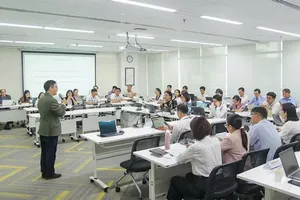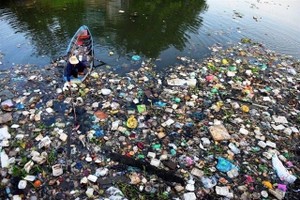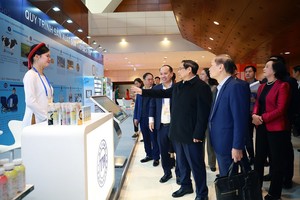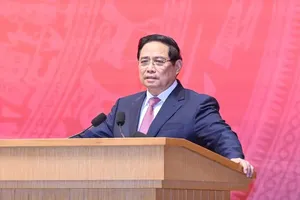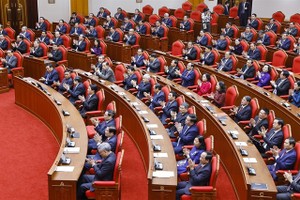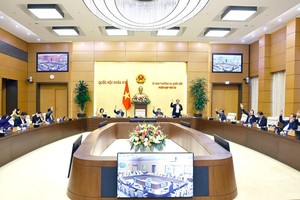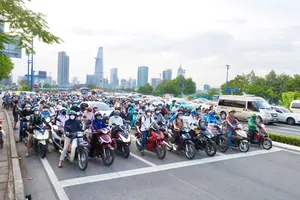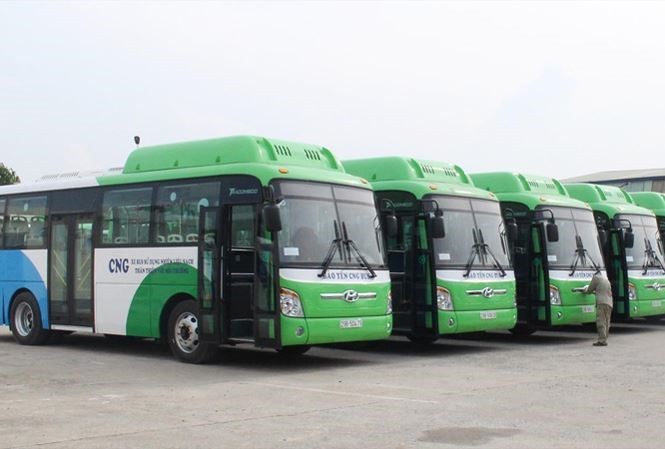
The Ministry of Transport has set a goal to improve fuel efficiency for newly manufactured, assembled, and imported automobiles and have 100 percent of vehicles meet the standards by 2030, such as 2.3 liters/100km for motorcycles; 4.7 liters/100km for cars with engine capacities below 1,400cc; 5.3 liters/100km for vehicles between 1,400 and 2,000cc; and 6.4 liters/100km for those above 2,000cc. The ratio is expected to reach 30 percent by 2027, 50 percent in 2028, and 75 percent in 2029.
Regarding the solution for shifting from private vehicles to public transport, the Ministry of Transport aims to achieve the market share of public bus transport of 45-50 percent in Hanoi, 25 percent in Ho Chi Minh City, 25-35 percent in Da Nang, 20 percent in Can Tho, 10-15 percent in Hai Phong, and at least 5 percent in other class-1 cities.
In addition, the Ministry of Transport encourages a modal shift from road transport to environment-friendly modes of transport such as railway, inland waterway, coastal, and sea travel, focusing on investing in railway and waterway infrastructure and creating supportive policies to promote their development.
The Ministry of Transport will also develop solutions to develop vehicles using environmentally friendly fuels, such as CNG buses. According to the plan, by 2030, the total number of CNG buses will be 623, including 423 in Ho Chi Minh City and 200 in Hanoi.
Additionally, the Ministry of Transport encourages the use of biofuels, biodiesel blending, and 100 percent E5 gasoline for road vehicles by 2030.
The use ratio of electric cars is expected to reach 30 percent while electric motorcycles and electric buses aims to achieve 22 percent and 30 percent by 2030 respectively.
The Ministry of Transport also sets a target for the 2024-2030 period to develop and complete the logistics and warehousing system to serve freight transport.



